In May 1756 Giovanni Piranesi published Le Antichità Romane in four large folio volumes, each of them opening with a double-page dedication to the Irish aristocrat James Caulfeild, Viscount Charlemont (he would be made an earl in 1763). Piranesi, who had met Charlemont while the young milord was in Rome some years earlier, evidently entertained high hopes of his prospective patron. When, for complex reasons, these were not realised, he published another work – a pamphlet in which his disappointments were made plain – and produced a new edition of Antichità with the earlier dedications removed. Rather like Dr Johnson’s near contemporaneous epistolary spat with Lord Chesterfield over A Dictionary of the English Language, the resulting controversy provided ample entertainment for cultivated society.
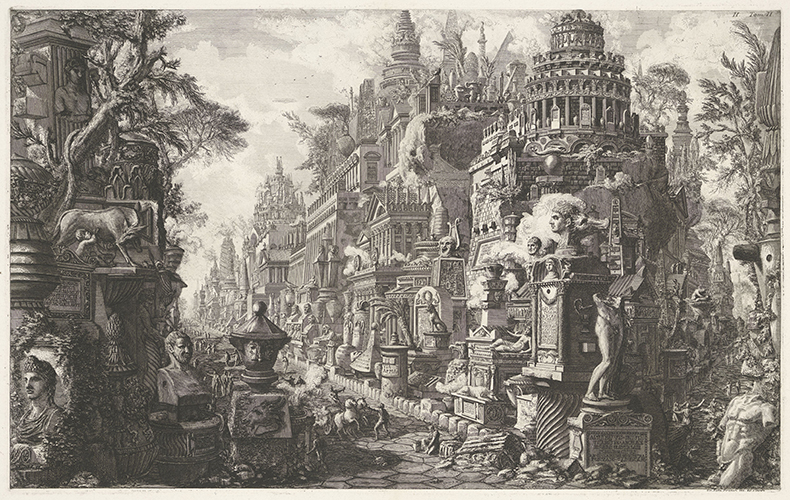
Fantasy representation of the Via Appia Antica, frontispiece to the Antichità Romane, vol. II (c. 1756–c. 1757). Rijksmuseum, Amsterdam
In modern-day Ireland, Lord Charlemont’s fractious links with Piranesi are currently being recalled by the exhibition ‘For the Love of the Master’, in which 25 contemporary artists are inspired to respond to this example. Marking the tercentenary of Piranesi’s birth, the show was originally intended to open in 2020 but a pandemic intervened, so this is a belated, but nonetheless welcome, celebration.
Featuring a copy of the original Antichità, generously loaned by that little-known treasure house, the Armagh Robinson Library, the exhibition is divided between two sites. The Casino, a neoclassical gem in Marino on the outskirts of Dublin, was commissioned by Lord Charlemont from Sir William Chambers in 1757. It provides a tidy link with Piranesi’s putative patron and should therefore be the perfect space for such an exhibition. That the contributions struggle at times is less the fault of the makers and more due to the stiff competition provided by the architecture, always inclined to overwhelm artistic interlopers.
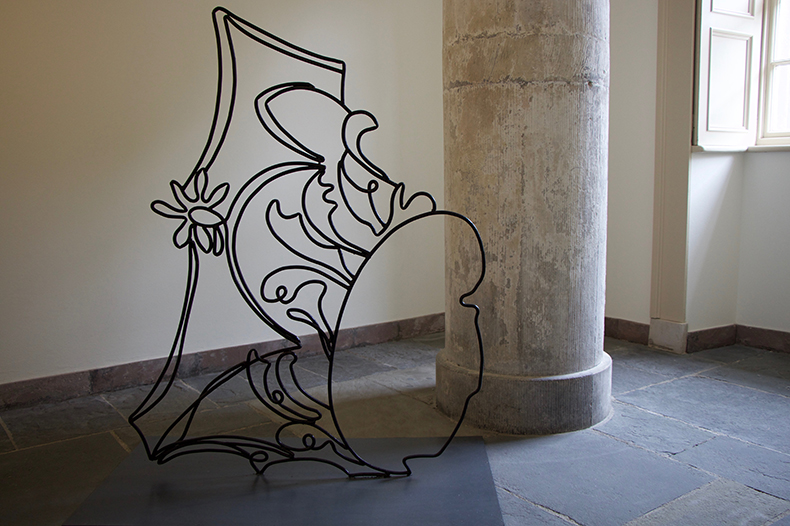
Installation view of King of Kings (2020) by Agnes Jones at the Casino at Marino.
Agnes Jones’s steel drawings fare best in the basement because the rooms here are simple, square boxes offering a plain backdrop. On the same level Grégoire Dupond’s animated film of 2010, derived from Piranesi’s Carceri d’invenzione, would benefit from being shown on a larger screen – perhaps even an entire wall – to achieve the effect it has had elsewhere.
Upstairs, the Casino’s elegantly ornate interiors provide unfair competition for the work, especially Petter Rhodiner’s sugary plaster Shenanigans (2020) in the entrance hall and, on the top floor, Anouk Mercier’s large print on fabric, Caprice. Jewellery by Mark Newman and Evert Nijland, along with Sue Williams A’Court’s imaginary landscape drawing on canvas all share a certain rococo sensibility, and therefore reach a concordat with their surroundings.
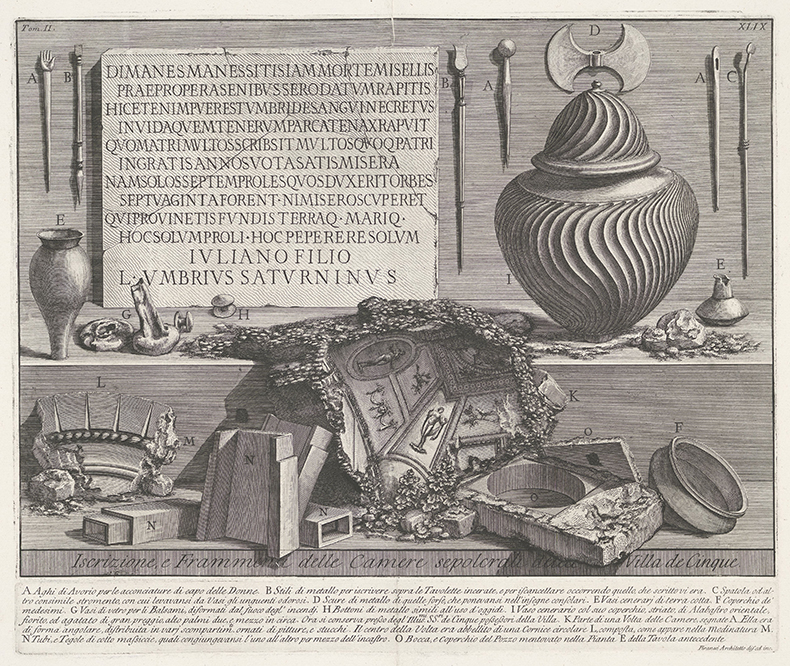
Inscriptions and fragments from tomb of the Villa de’ Cinque (c. 1756–c. 1757), Giovanni Battista Piranesi. Rijksmuseum, Amsterdam
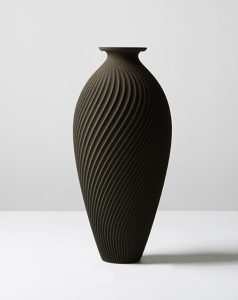
Twisted vessel from the Si02 Vessels series (2019), Gareth Neal. Photo: James Champion; courtesy the artist and Sarah Myerscough Gallery; © the artist
Different circumstances prevail at the second venue, a former stable block now called the Coach House Gallery at Dublin Castle. Behind a 19th-century castellated screen wall, the building has been converted into a number of large, open spaces that can be used for a variety of purposes. On this occasion, their want of decoration allows the work ample opportunities for articulation. Ceramics predominate, the best of them evoking the spirit of Piranesi, such as Kate O’Kelly’s white porcelain pieces, which suggest fragments of abandoned classical architecture, and Zoë Hillyard’s intentionally broken The #italy Vases, their extant surfaces covered with black and white images derived from Italian holiday selfies. Likewise Matt Davis’s bone-china urns and Jo Taylor’s stacked Candelabrum Construct I–IX succeed in entering the world of Piranesi without becoming enslaved to it.
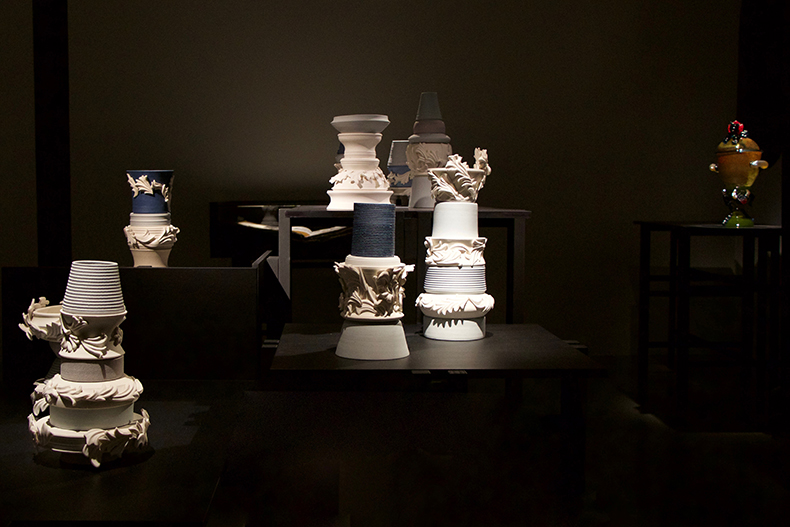
Installation view of Candelabrum Construct I–IX (2020) by Jo Taylor. Courtesy Office of Public Works; © the artist
The most explicit homage is paid by Emily Allchurch whose three pictures, two of them prints, one a transparency on LED lightbox, cleverly adapt some of Piranesi’s most famous prints to reflect contemporary Britain. Allchurch has long played with Old Master pictures; it is 15 years since she produced the first works in the Urban Chiaroscuro series inspired by Carceri d’invenzione. The current exhibition includes Sic Transit Gloria Mundi (2016), a reworking of Piranesi’s fantastical view of tombs along Rome’s Via Appia. One would like to hope that this tribute might soothe Piranesi’s wounded pride and offer reassurance that today his genius is fully appreciated in Ireland.
‘For the Love of the Master: 25 Artists Fascinated by Piranesi’ is at the Coach House at Dublin Castle and the Casino at Marino, Dublin, until 18 September.
Unlimited access from just $16 every 3 months
Subscribe to get unlimited and exclusive access to the top art stories, interviews and exhibition reviews.

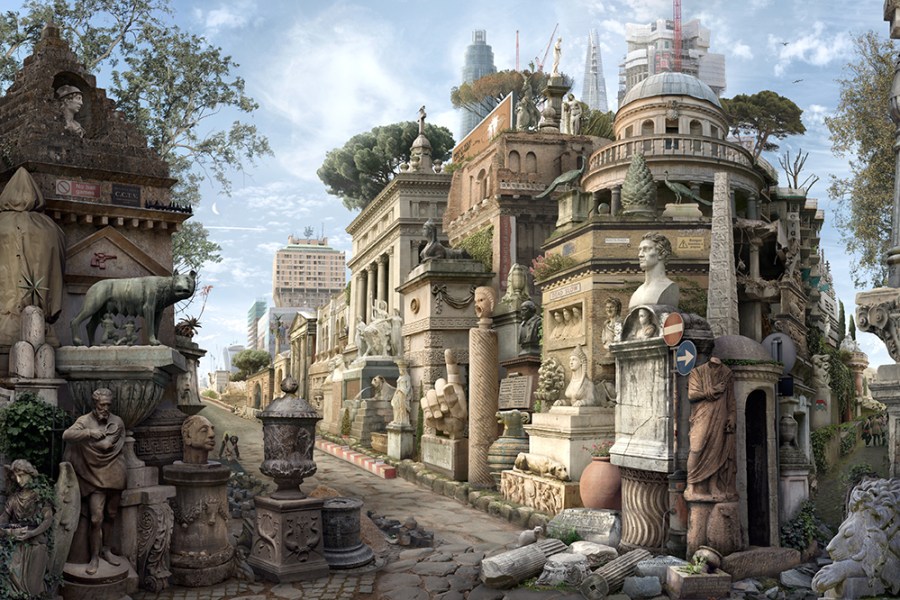
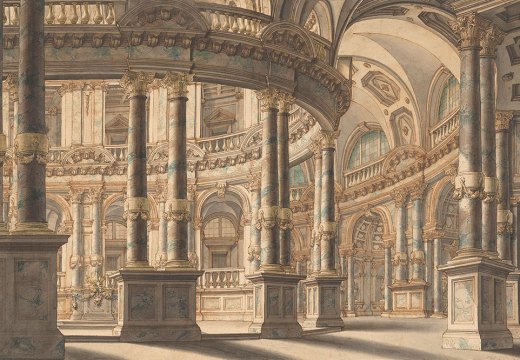
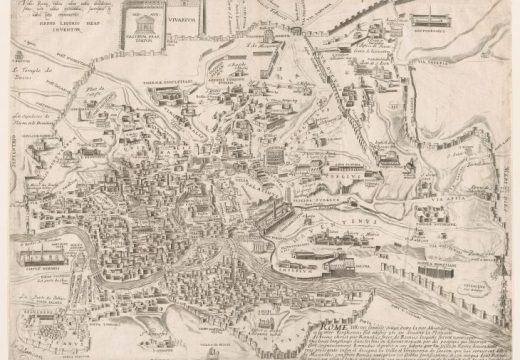
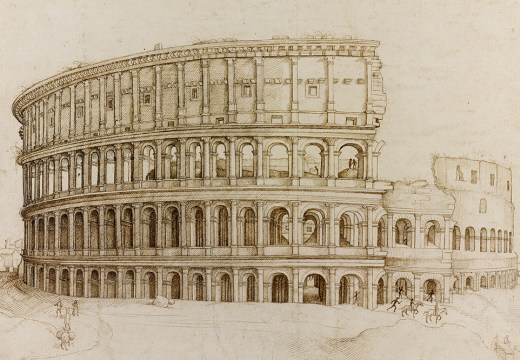









![Masterpiece [Re]discovery 2022. Photo: Ben Fisher Photography, courtesy of Masterpiece London](http://www.apollo-magazine.com/wp-content/uploads/2022/07/MPL2022_4263.jpg)
It’s time for the government of London to return to its rightful home